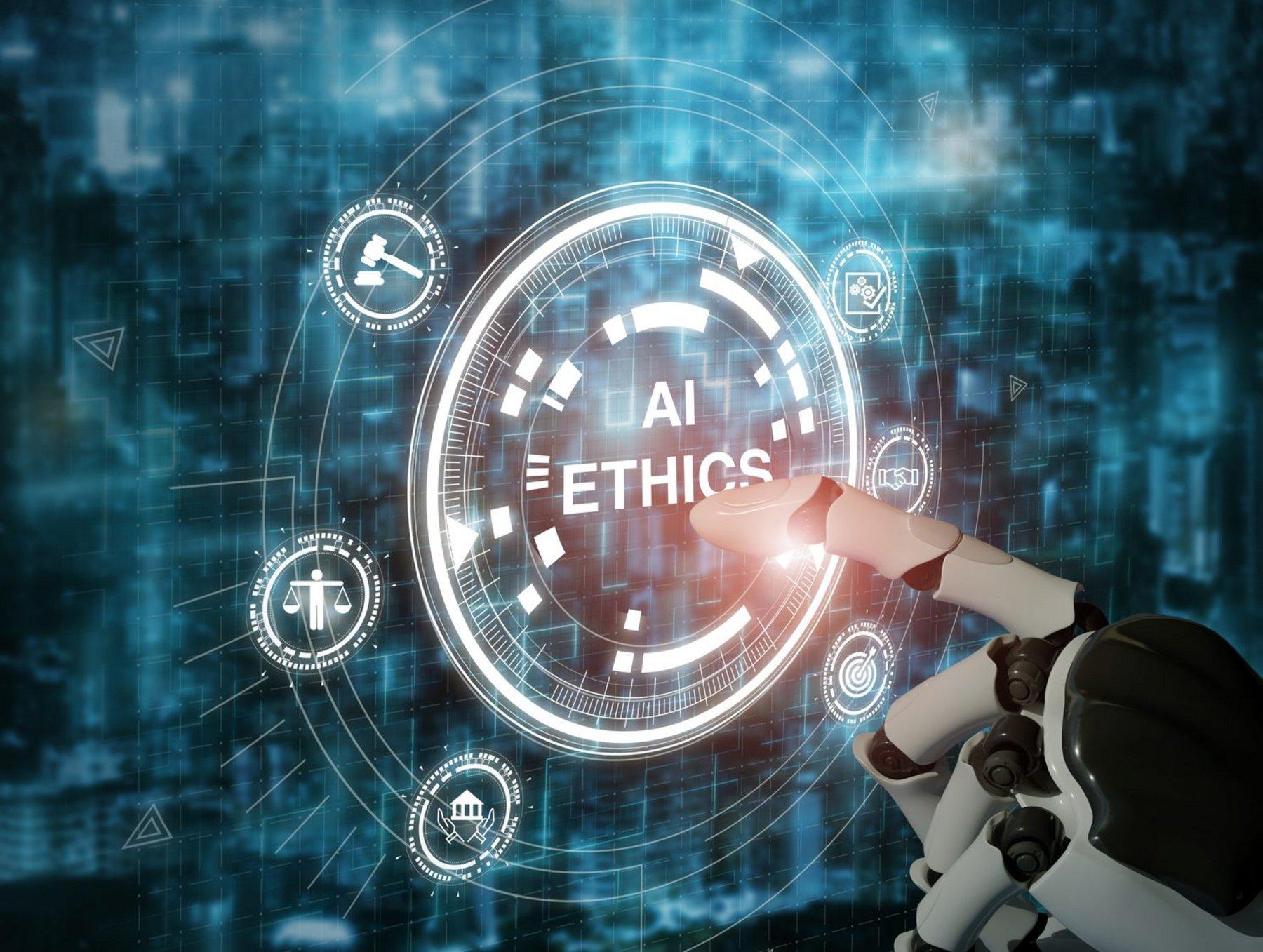Ethical Considerations in AI-Driven Learning: Balancing Innovation with Responsibility
Introduction
Artificial Intelligence (AI) is rapidly transforming the educational landscape,with AI-driven learning gaining immense traction in classrooms,online platforms,and corporate training programs. while this innovation brings numerous opportunities for personalized and scalable education, it also raises profound ethical considerations. Striking a balance between technological progress and responsible implementation is crucial to ensure equitable, safe, and effective learning experiences for all.
In this article, we dive deep into the core ethical issues in AI-powered learning, spotlight the benefits and challenges, and provide practical tips for educators and organizations striving to maintain integrity while leveraging AI. Whether you’re an edtech developer, a teacher, or a concerned parent, understanding the ethical landscape of AI-driven education is key to fostering responsible innovation.
What is AI-Driven Learning?
AI-driven learning utilizes artificial intelligence algorithms to
- Personalize educational content and delivery
- Automate grading and assessments
- Enable adaptive learning paths for students
- Predict student outcomes and recommend interventions
Examples include smart tutoring systems, data-driven learning platforms, and intelligent content generators. The integration of AI into education is driven by a promise of improved efficiency, tailored learning experiences, and enhanced educational outcomes.
Key Ethical Considerations in AI-Powered Learning
With the immense potential of AI in education come several pressing ethical challenges:
1. Data Privacy and Security
- Student data collection: AI systems rely on vast amounts of personal and educational data to function optimally.
- Risks: Data breaches, unauthorized tracking, and misuse can compromise students’ privacy.
- Solution: Implement robust data protection policies, adhere to GDPR and other regulations, and ensure clear data usage.
2. Bias and Fairness
- Algorithmic bias: AI models may inadvertently favor certain groups or reinforce stereotypes due to biased training data.
- Impact: Discrimination in grading, recommendations, and access to resources.
- Solution: Regularly audit algorithms, diversify datasets, and incorporate fairness metrics.
3. Openness and Explainability
- Black-box models: Manny AI systems make decisions through complex, opaque processes.
- Challenge: Educators and students may not understand how conclusions are drawn.
- Solution: Choose explainable AI models and provide clear documentation about how the system works.
4. Human Oversight and accountability
- Decision-making: Over-reliance on AI can diminish human judgment in critical educational contexts.
- Risks: Erroneous assessments or recommendations without human verification.
- Solution: Maintain human oversight, ensure actionable feedback loops, and define accountability structures.
5. Accessibility and Digital Divide
- Equal access: Not all students have the same access to AI-powered resources, exacerbating existing inequalities.
- Solution: Invest in inclusive technologies and broaden availability to underserved communities.
Benefits of Responsible AI in Learning
When ethical principles are prioritized, AI-driven education can unlock significant benefits:
- Personalized Learning: Tailored content delivery supports diverse learning styles and paces.
- Scalable Feedback: Hosts large, distributed classrooms while offering real-time feedback.
- Efficiency Gains: Automates administrative tasks, freeing educators for high-value interactions.
- Predictive Insights: Anticipates student needs and enables targeted interventions.
- Improvements in Accessibility: Supports learners with disabilities through smart assistive technology.
Case Studies: Ethical AI Implementation in Education
1. IBM Watson Education
IBM Watson Education employs AI to create individualized learning pathways. Their team strictly follows data privacy standards and provides transparent explanations of algorithmic recommendations. Result: Improved learning outcomes without compromising student privacy.
2. Coursera’s adaptive Assessments
Coursera uses AI for adaptive quizzes, ensuring fairness by regularly tuning algorithms and soliciting user feedback. Transparent score breakdowns empower students to understand their progress and address concerns.
3. Knewton’s Bias Mitigation
Knewton integrates bias audits in its AI-driven platform,collaborating with ethicists to minimize discriminatory impacts. This proactive approach has led to more balanced opportunities for learners from various backgrounds.
Practical Tips for Balancing Innovation and Responsibility
- Conduct Regular Ethical Audits: Frequently assess your AI systems for bias, fairness, and privacy concerns.
- Engage Stakeholders: involve educators, parents, and students in the design and evaluation of AI tools.
- Educate End-Users: Offer training and resources so users understand how AI works and their rights.
- Promote Transparency: Clearly communicate how AI makes decisions and what data is used.
- Safeguard Data: Use encryption, anonymization, and comply with privacy laws to protect sensitive information.
- Encourage Human-AI collaboration: Use AI to assist, not replace, critical educational decision-making.
First-Hand Experience: Teacher’s Perspective on AI in the Classroom
“Integrating AI into my classroom has transformed the way I teach,” shares Sarah K., a high school science teacher.“The personalization and rapid feedback are amazing.Though, I’m always vigilant about how data is used and I encourage my students to ask questions about any AI-recommended changes. It’s teamwork between technology and teaching.”
This perspective underscores the importance of continuous human involvement and ethical vigilance as AI becomes an educational ally.
Conclusion
AI-driven learning is one of the most exciting frontiers in modern education, carrying the power to revolutionize how knowledge is delivered and acquired.Yet, with innovation comes responsibility. Navigating the ethical considerations in AI-powered education is non-negotiable for educators, developers, and policymakers aiming to create a future were technology serves every learner fairly, safely, and transparently.
By embracing ethical frameworks,prioritizing stakeholder participation,and fostering a culture of continuous oversight,we can unlock the vast potentials of artificial intelligence in learning while minimizing risks. Ultimately, the path forward lies in balancing bold innovation with unwavering responsibility — ensuring that education remains a force for equal chance, empowerment, and trust.

